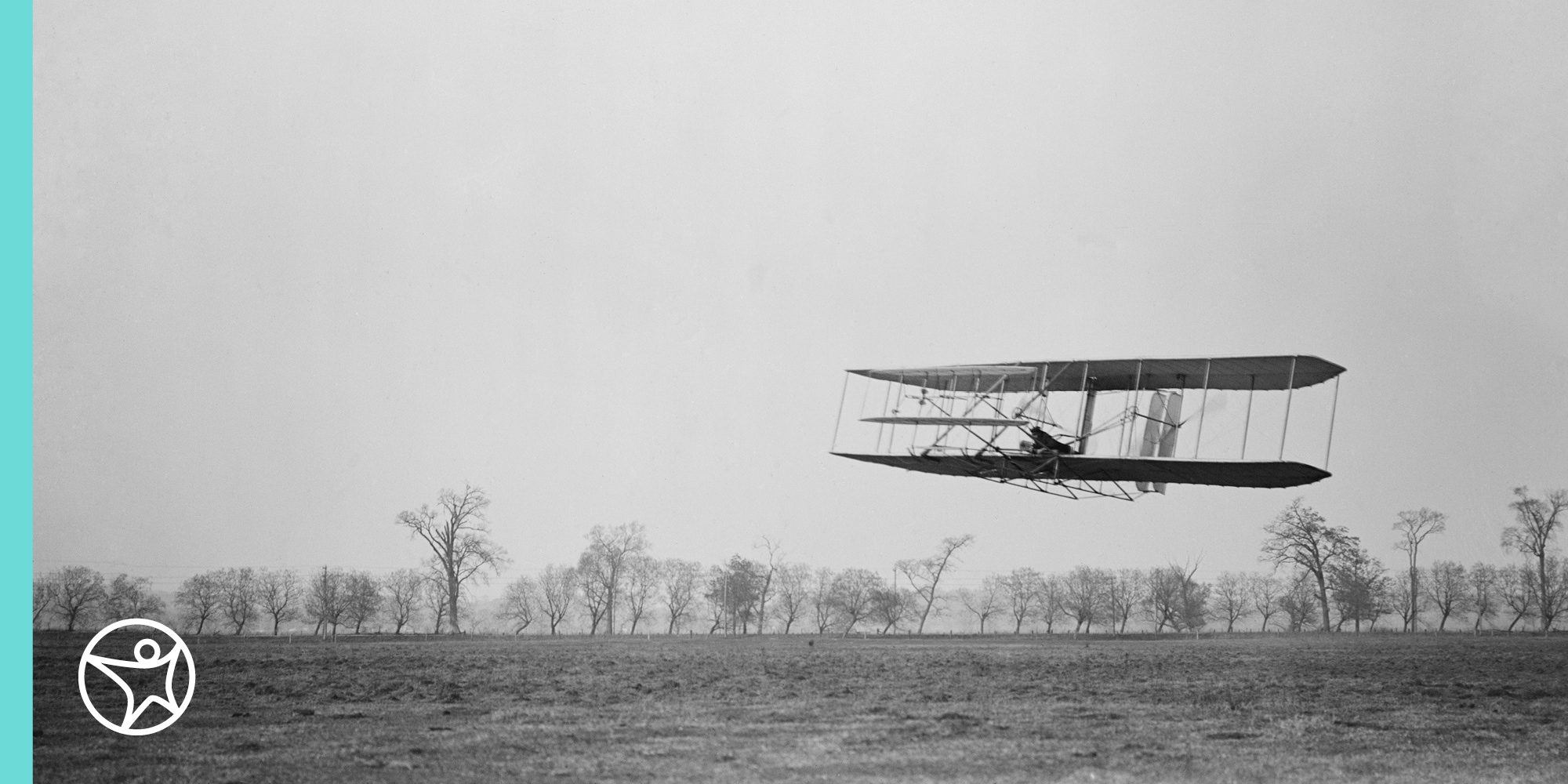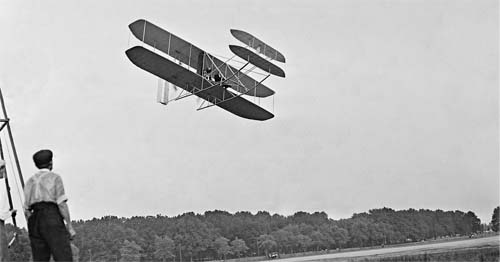A History of Aviation: 5 Wright Brothers Facts for Kids
byConnections Academy
3 min to read
Nowadays, when we think about the history of aviation, the Wright brothers come to mind almost instantly.
On December 17, 1903, Wilbur and Orville Wright made history by flying the first manned, motorized, heavier-than-air “flying machine” at Kitty Hawk, North Carolina. Through imagination, hard work, and years of research and experimentation, they achieved the centuries-old dream of human flight.
As inventors, the two brothers shared credit for their mastery innovations and were close throughout their lives. However, there was a division of labor behind the scenes, as Wilbur was the business mind behind the operations and served as the president of the Wright company. Interested in learning more Wright brothers fun facts? Read on!
5 Wright Brothers Fun Facts
- Taking Flight Solo. Heads or tails? The two brothers flipped a coin to determine who would take flight first on the maiden voyage that made history. The lucky winner of the coin toss was Orville! On top of that, the two brothers only flew together on an airplane one time. Their father, who feared losing both of his sons, made them promise they would not fly together.
- A Toy Inspired Their Interest in Aviation. Did you know that a toy helicopter inspired the Wright brothers’ lifelong interest in flight? In 1878, the boys’ father gave them a rubber-band-powered helicopter made of paper, bamboo, and cork. Fascinated by the toy, the brothers began building their own paper helicopters, improving on the original design and learning some basic concepts about aeronautics in the process.
- Wright’s Style of Problem-Solving. The brothers’ experience with manufacturing and riding bicycles helped them solve a critical problem in early flight. They were the first inventors to understand that, like a bike, the airplane’s movement must be constantly controlled on three axes—horizontal, vertical, and lateral.
- Their First Patent. Experimenting with biplane box kites, reading everything about flight that was available to them, and observing birds in flight, the Wright brothers discovered that twisting or warping a kite’s wings would allow them to make the kite dip and turn as a bird dips one wing to turn. After a lot of trial and error, they developed a system of cables and pulleys to control “wing warping” and lateral movement; a hinged rudder to aim the plane during turns; and a forward elevator to control up and down movement, or pitch. In fact, this control system was so important that the brothers patented it before patenting the plane itself.
- Wright Brothers’ Wind Tunnel and the Science of Aerodynamics. The shape of the wings influences the plane’s lift and drag—the forces that push an object upward or slow it down as air moves past it. To find the best shape for aircraft wings and correct their predecessors’ previous miscalculations, the Wright brothers sought an efficient way to measure the effect of these forces. So, in 1901, the brothers built an ingenious, six-foot wind tunnel and balances that allowed them to measure lift and drag on dozens of different wing shapes.

Keep Learning with these Wright Brothers Activities
Now that you know a few facts about early aviation, try these age-appropriate activities for your family to see firsthand what the Wright brothers learned through years of trial and error:
Activities for Grades 1–6:
Wondering how to make the Wright brothers’ airplane? Check out this Smithsonian activity to help assemble the 1903 flyer.
Activities for Grades 6-12:
Read about lift and drag and watch a demonstration here. Use this interactive model to learn how each part of the control system affects the plane’s movement.
Activities for All Ages:
Want to learn more about the Wright brothers? Visit the Smithsonian Institution’s online exhibit or the Wright Brothers National Memorial and Museum.
The Wright brothers proved just how much can be accomplished with a bit of grit and determination. They never let their failures pull them down but used them as the building blocks for what was to come and to make their minds and inventions stronger. It’s important to teach children the importance of perseverance and understanding the strength and opportunity found in failure. Learn more about how Connections Academy® inspires students to pursue their passions and step outside of their comfort zones to achieve success.



